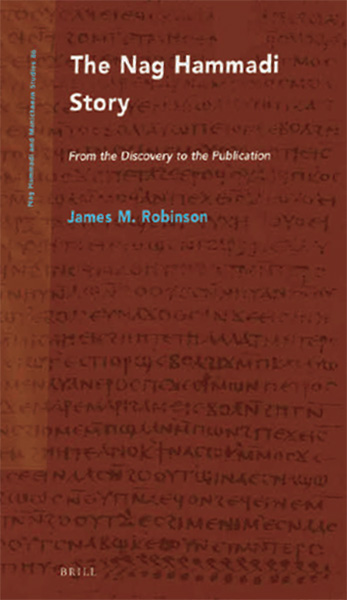ReViews: Search for Fertilizer Yields Coptic Treasure

This massive work tells the story of one of the most important manuscript finds ever discovered in Egypt—the Nag Hammadi Codices. The 13 papyrus codices inscribed in the Coptic language were discovered near Nag Hammadi in Upper Egypt in 1945. James M. Robinson, Professor Emeritus of Religion at Claremont Graduate University and author of this book, writes in his capacity as Permanent Secretary of the International Committee for the Nag Hammadi Codices, nominated by UNESCO and appointed by the Arab Republic of Egypt.
The International Committee held its first meeting in Cairo in December 1970, when it was decided that a history of the Nag Hammadi discovery and subsequent research on the manuscripts should be written. These two volumes constitute that history. Robinson refers to it as “a socio-historical narration of just what went on during the thirty-two years from the discovery late in 1945, via their initial trafficking, and then the attempts to monopolize them, until finally, through the intervention of UNESCO, the whole collection of thirteen codices was published in facsimiles and in English translation, both completed late in 1977.”
The story is based on Robinson’s notebooks in which he records in rich detail his travels and interviews and also correspondence among various scholars. All this is presented at length in English translation, with the French or German originals given in footnotes.
Already a library member? Log in here.
Institution user? Log in with your IP address.

